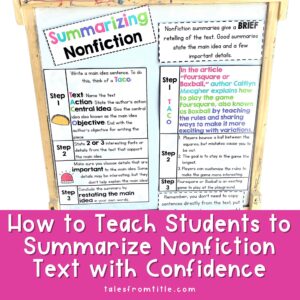Introduction
In my last blog post, we zoomed in on one of the four components of learning letters, and I talked about 5 strategies to improve students’ letter sound knowledge. Today let’s take a closer look at helping students improve their letter writing skills. As we all know, strong letter writing skills are the foundation for helping create successful writers. So, let’s dive into some practical tips that will make learning to write the letters of the alphabet a bit easier for your students!

Create Multisensory Writing Opportunities
Engaging multiple senses simultaneously can work wonders for letter writing. Incorporate activities that involve touching, hearing, and seeing the letters. Encourage students to trace letters with their fingers or even use sand, rice, or shaving cream to write with. You can also play or sing alphabet songs/rhymes as your students are practicing writing their letters so students are developing a more multifaceted relationship with the letters of the alphabet.
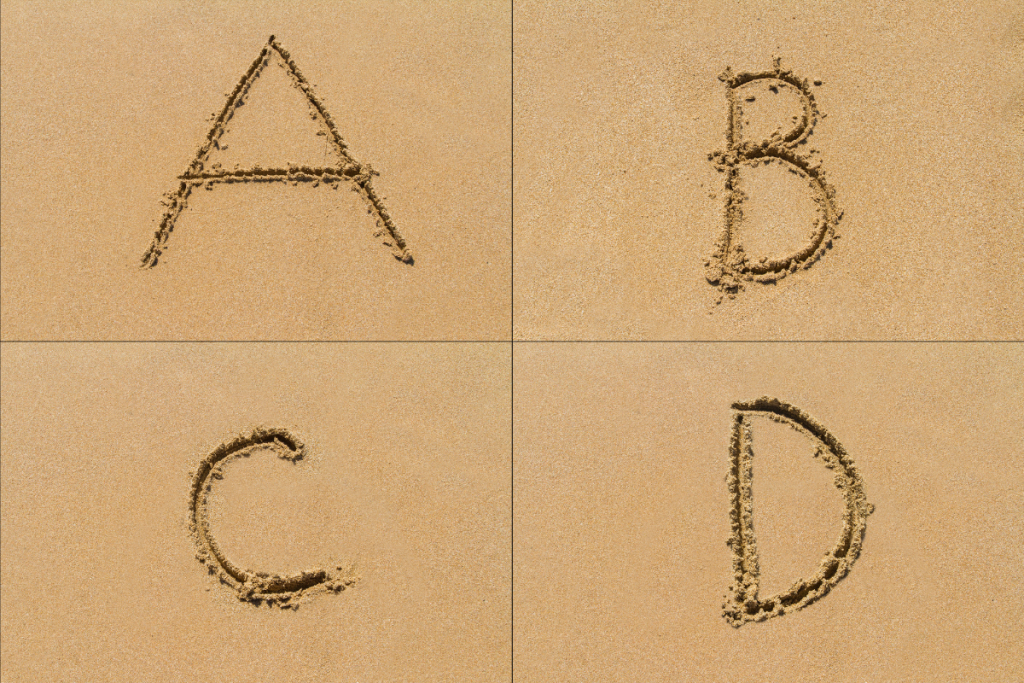
Provide Ample Practice
Repetition is key! Students need plenty of opportunities to practice letter formation. Create dedicated handwriting practice sessions that allow students to focus solely on letter writing skills. Through repetition, they will develop muscle memory and gain confidence as they see their progress.
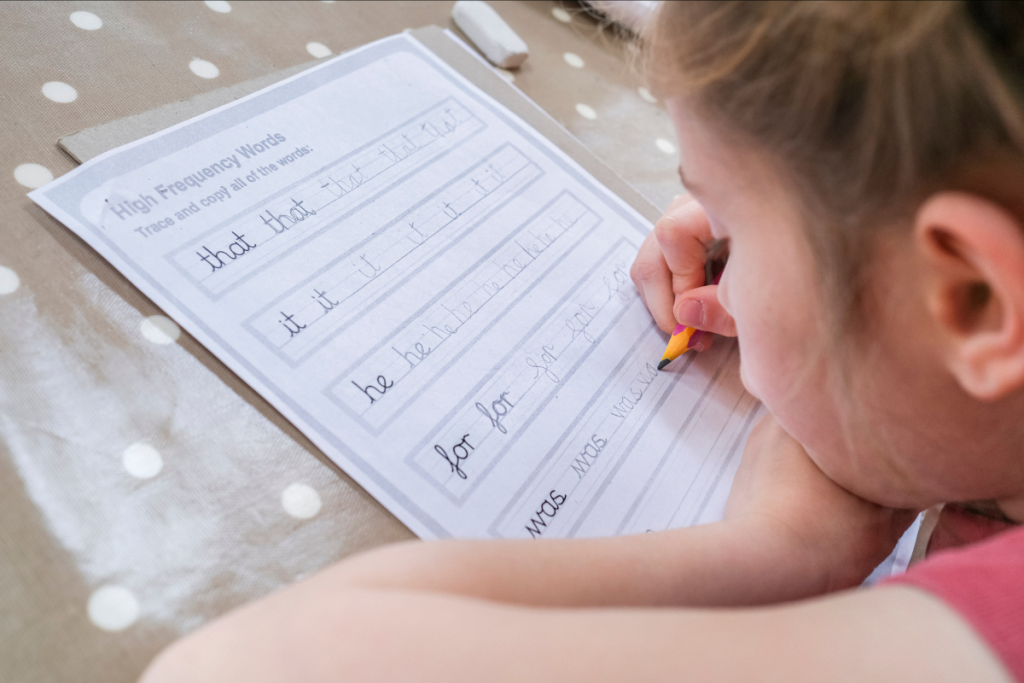
Break it Down
Before I touch on this helpful tip, I want to give an important public service announcement: If your school uses a phonics program, they probably have a suggested order to teach the letters in as well as oral cues for helping students write their letters. Make sure you are following what your district requires first and foremost. After following your district protocol, I think it’s fine to seek out additional strategies and ideas, especially for your struggling students. However, do not go get yourself in trouble by ignoring the curriculum your district expects you to follow.
Teach letter formation step-by-step. By breaking down each letter into smaller strokes, students can tackle the process with ease. For example, start with straight lines (e.g., L, E, F) before moving on to more complex letters (e.g., B, P). This approach helps students grasp letter construction in a structured manner.
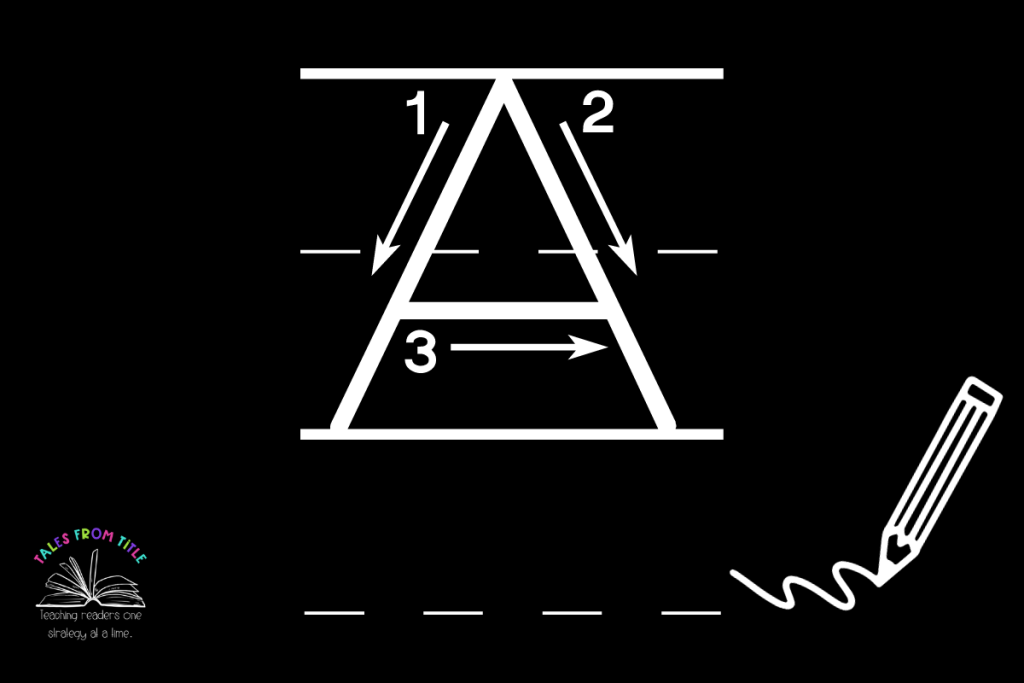
Encourage Proper Pencil Grip
The way students hold their pencil affects their handwriting. Encourage a tripod grip, where the pencil rests between the thumb and the index and middle fingers. This grip allows for better control and fluidity when forming letters. Gentle reminders, frequent practice, and pencil grips can help students develop and maintain the correct grip.
If your district has an Occupational Therapist on staff, seek their help for students who struggle with pencil grip. OT’s have a wealth of knowledge and can give you great advice for helping your students with their letter writing, help you find good pencil grips, and some will even come into your classroom to help out when your students are learning to write.
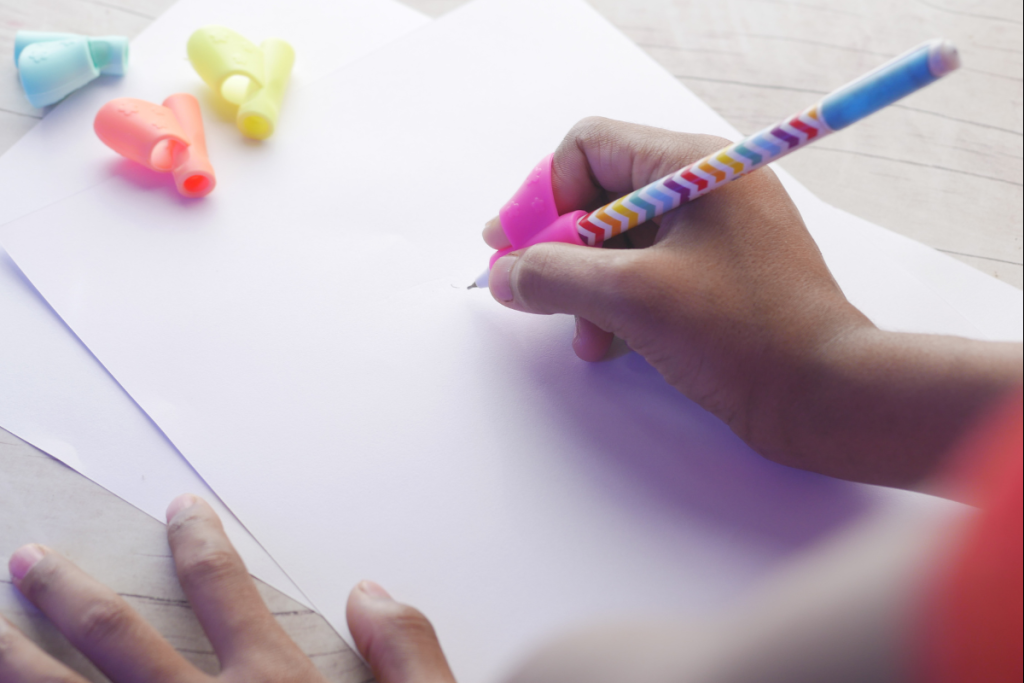
Provide Positive Reinforcement
Never underestimate the power of positive reinforcement! Encourage and celebrate students’ progress, no matter how small. A simple word of praise, stickers, or small rewards can go a long way in boosting their confidence and motivating them to further improve their letter writing skills.

Conclusion
Enhancing alphabet letter writing skills doesn’t have to be a daunting task for teachers. With these five practical tips in your arsenal, you’ll be well-equipped to guide your students through the process of learning to write their letters. Remember to keep it fun, engaging, and encouraging. By building a solid foundation in letter writing, you’ll set your students up for success in their literacy journey.




